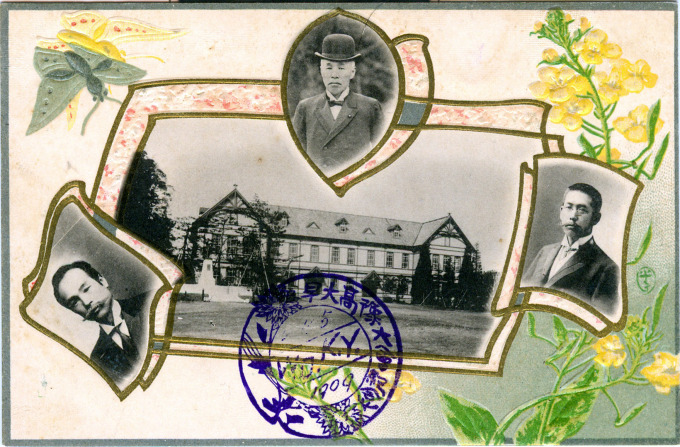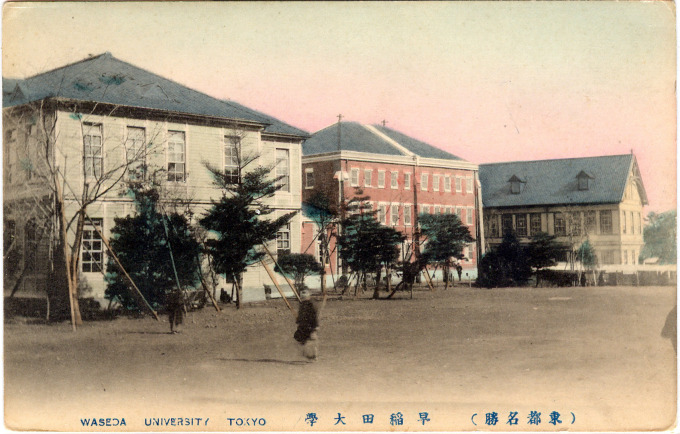“Mainstream scholars accepted this historical existence of Emperor Jimmu and worked on chronology, to general satisfaction. There were few exceptions, and they were not popular with leading academic scholars. The outstanding exception was Tsuda Sokichi of Waseda University. His cumulative research, beginning in 1913 with Jindaishi no Atarashii Kenkyu [New Studies on the History of the Age of Gods], cast doubt on the Age of Gods and the existence of the first fourteen emperors.
“His work provoked antagonism among other scholars of Japanese history, especially at Tokyo University, revealing that they did not simply accept the list of emperors from Jimmu onward but strongly believed in it as an article of national faith. They defended the list of emperors and held, along with the imperial state that sent Tsuda to trial, that to question it was to offer indignity to the imperial house.”
– Japanese Historians and the National Myths, 1600-1945: The Age of the Gods and Emperor Jimmu, John S. Brownlee, 1997

The founder of Waseda University, Ōkuma Shigenobu, is pictured at the top of this 1909 commemorative postcard, depicting the university’s administration building.
See also:
Tsubouchi Memorial Theatre Museum (“Enpaku”), Waseda University, Tokyo, 1947.
“The university was founded by samurai scholar and Meiji era politician and former prime minister Ōkuma Shigenobu in 1882, and was designated as a full university in 1902. after which the school was renamed Waseda University in 1902 to honor the founder’s home village. It started as a college with three departments under the old Japanese system of higher education.
“In 1882, the university had the department of political science and economics, law, and physical science. Along with these departments, an English language course was established, where the students of all the departments could learn English. Three years later, the department of physical science was closed because it had too few applicants. The department of science and engineering was established in 1908. The department of literature was established in 1890. The department of education was established in 1903, and the department of commerce, in 1904.
“Ōkuma had long desired to create an academic cap so distinctive that someone wearing the cap would immediately be identified as a Waseda student. The chief tailor of Takashimaya, Yashichiro, was called upon to design a cap. Each square cap was stamped on the inside with the student’s name, his department, the school seal and the legend, ‘This certifies that the owner is a student of Waseda.’ Thus, the cap served as a form of identification, and effectively a status symbol. The cap, with its gold-braided badge, is registered as a trademark.”
– Wikipedia



Pingback: Meiji Gakuin University, Tokyo, c. 1920. | Old Tokyo
Pingback: 50th Anniversary Commemoration, Imperial Government Railways, 1922. | Old Tokyo
Pingback: 1964 Summer Olympics Venues, Tokyo. | Old Tokyo
Pingback: 2600th Anniversary of the Founding of Japan, 1940. | Old Tokyo
Pingback: Hoteiya department store, Shinjuku, Tokyo, 1929. | Old TokyoOld Tokyo
Pingback: Hoteiya department store, Shinjuku, Tokyo, 1929. | Old TokyoOld Tokyo